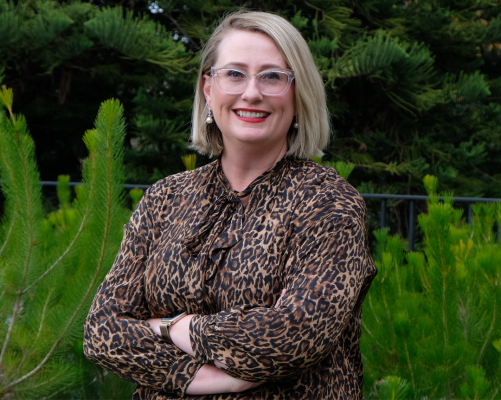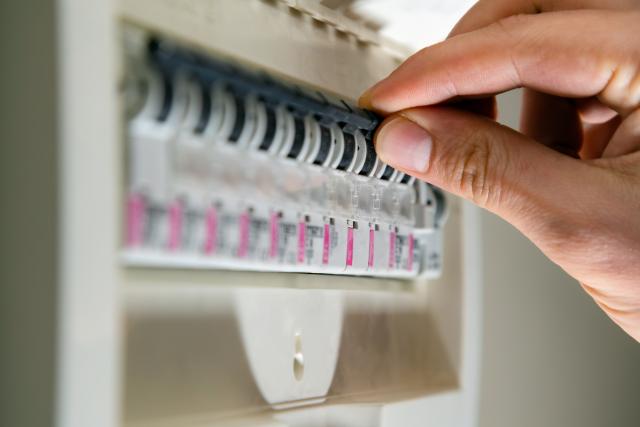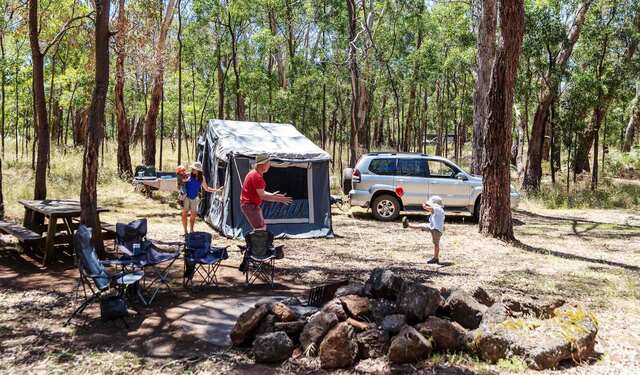Welcome back folks to Connolly’s Corner!
Whilst we all continue to do our bit to beat this outbreak and get vaccinated, I thought I’d
share with you something deeply personal on a topic that’s close to my heart – the
accessibility of IVF treatment and how we’re removing barriers to make treatment more
accessible and affordable for everyone.
In a local community where so many babies are being born each week, I know for many
families in Wyndham, the road to parenthood is not always an easy one. It certainly wasn’t
an easy journey for my husband and I – all three of our children were conceived through
IVF, with our eldest daughter Viviene stillborn at 37 weeks.
Just over 12 years ago we found ourselves on our very own IVF emotional rollercoaster.
Back then, infertility wasn’t something widely spoken or known about in our community.
Counselling services were available, but not something we readily took up. Looking back
now, we should have. Sadly, this is still a common occurrence for so many families right
across Victoria for whom the joys of parenthood are only possible through access to IVF
treatments.
Victoria has a long proud history of supporting IVF research and practice. Going back to the
1970s and 80s, we lead the nation in the research and development of fertility treatment
services and saw the first IVF baby in Australia – Candace Reed – born right here in Victoria
in 1980. Today, Victoria accounts for 30% of treatments across Australia.
Over the last forty years, we’ve made huge strides in making IVF treatment increasingly
accessible to Victorians. The Infertility (Medical Procedures) Act 1984 provided for the
regulation of IVF treatment procedures and the associated human embryo research, the
first piece of legislation in the world to do so. Flash forward 24 years later, and the Bracks
Government superseded this legislation with the Assisted Reproductive Treatment Act 2008,
which provided a modernised and updated regulatory framework for IVF treatment. More
importantly, it began the process of improving outdated barriers that existed for modern
would-be families.
You see, until 2008, eligibility to undergo IVF treatment in Victoria was only open to
heterosexual married couples – an outdated notion that ignored the features of the
Australian modern family. This especially ignored the hopes and dreams of LGBTQ couples
for whom this process could realise their dreams of having a child of their own, a fact we
changed in 2008.
In 2018, the Andrews Government decided to take another look at our IVF laws, and
commissioned a landmark review into the Act. Headed by Michael Gorton AM, the
comprehensive report made a staggering 80 recommendations with a goal to make IVF
more accessible and affordable for more Victorian families.
Since being elected to Parliament in 2018, I’ve now had the pleasure of helping to pass
three Bills implementing a number of these changes. In 2019, we removed barriers to
treatment where women who were separated, but not divorced from their spouse, required
their consent to undergo treatment. Last year, we removed an outdated and discriminatory
requirement that women seeking to undergo IVF needed to get a police check. And last
month, we passed a further set of amendments making it easier for LGBTQ couples to have
genetically related children.
As someone who has gone through this process, I know exactly how much relief these
changes will bring to those ready to add to their families. To folks about to embark on their
IVF journey or are in the middle of a treatment, I wish you the best of luck – stay strong, stay
focussed and be kind to yourself.







